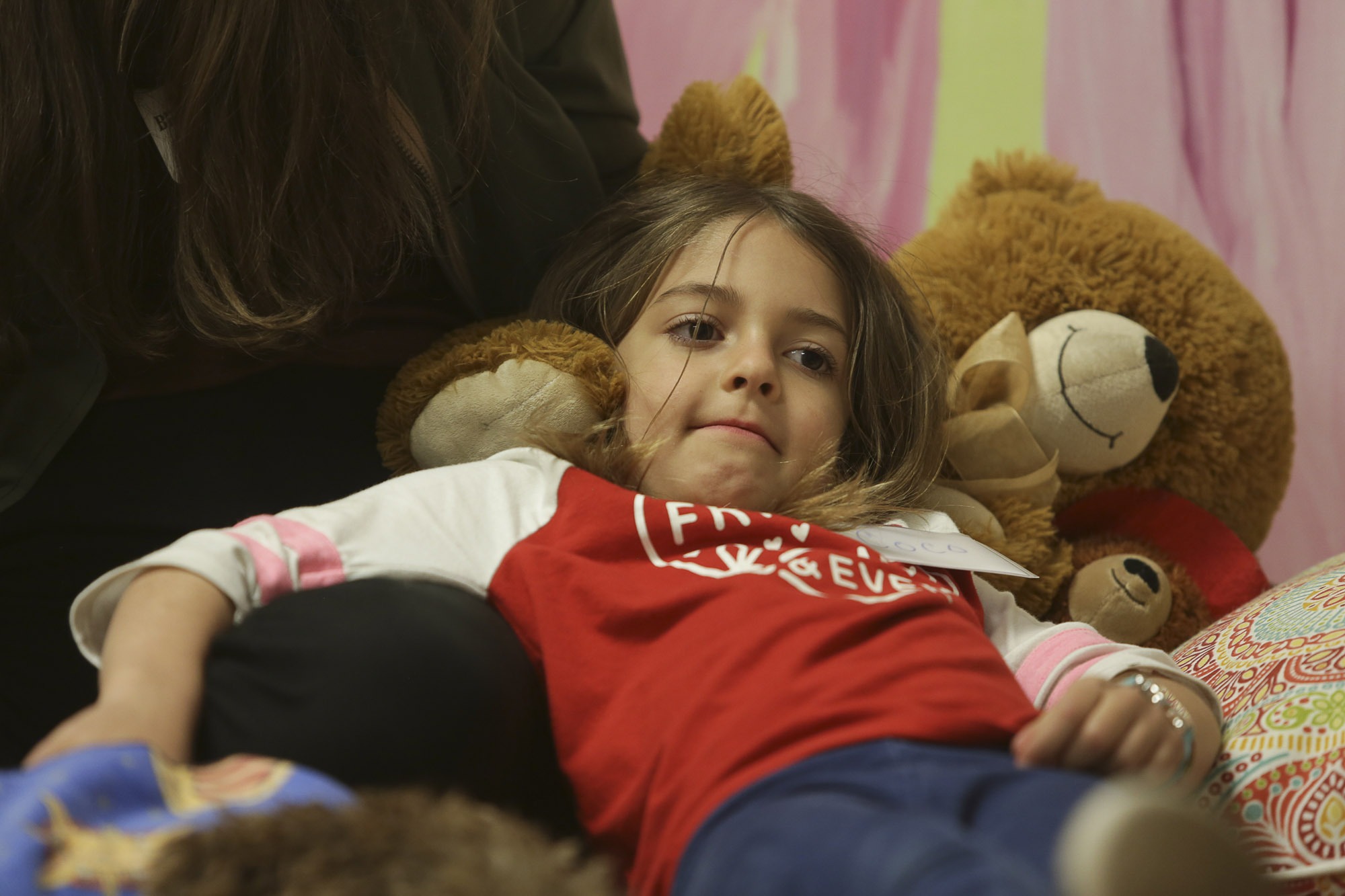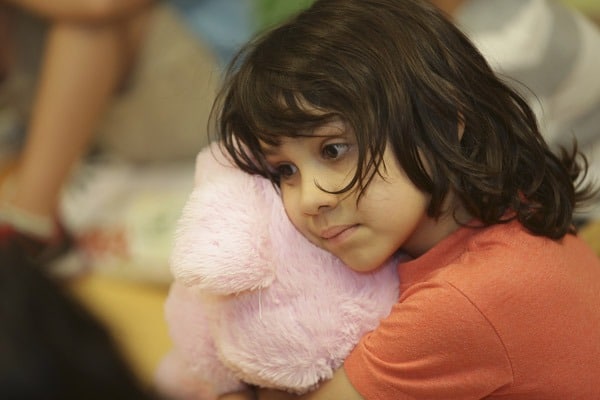Looking for a camp that serves children impacted by serious medical condition and death? There are a number of organizations throughout the state of Arizona providing weekend and overnight camps for kids, teens and families. Discover a camp that meets your child’s needs!
Continue readingTED Talks…Grief!
Tu Nidito staff are sharing some of their favorite TED Talks that discuss topics relating to grief. Know of a great TED Talk that should be added to this list? Please send the link to [email protected].
“We Don’t Move On From Grief. We Move Forward With It”
In a talk that’s by turns heartbreaking and hilarious, writer and podcaster Nora McInerny shares her hard-earned wisdom about life and death.
“The Journey Through Loss and Grief”
In her brutally honest, ironically funny and widely read meditation on death, “You May Want to Marry My Husband,” the late author and filmmaker Amy Krouse Rosenthal gave her husband Jason very public permission to move on and find happiness. A year after her death, Jason offers candid insights on the often excruciating process of moving through and with loss — as well as some quiet wisdom for anyone else experiencing life-changing grief.
“A Video Game to Cope With Grief”
When Amy Green’s young son was diagnosed with a rare brain tumor, she made up a bedtime story for his siblings to teach them about cancer. What resulted was a video game, “That Dragon, Cancer,” which takes players on a journey they can’t win. In this beautiful talk about coping with loss, Green brings joy and play to tragedy. “We made a game that’s hard to play,” she says, “because the hardest moments of our lives change us more than any goal we could ever accomplish.”
Pieces of Grief – A Bereavement Activity
This is an activity that can be done with children of all ages that are dealing with grief related to the death of a loved one. It is great for a group setting or can be completed one on one.
Supplies Needed:
Medium Clay Pot
Hammer
Hot Glue
Sharpie Markers

Step One:
Place pot on a safe surface area. Carefully, break into pieces using hammer.
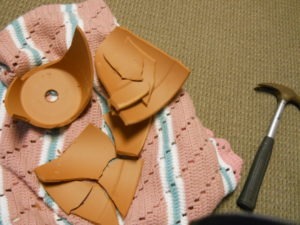
Step Two:
On the inside pieces of the pot, instruct children to write or draw the feelings that they have experienced since the death.
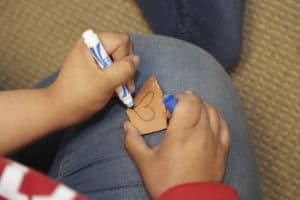
Step Three:
On the outside pieces of the pot, instruct children to write or draw their sources of support. Such as grief support group, friends, music or family.
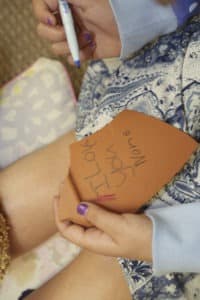
Step Four:
Invite group or individual to share what they wrote on both sides of the clay pot.
Step Five:
Using hot glue gun, glue pieces of pot back together to make ‘whole’ pot again.
Step Six:
Once the pot has been put back together, discuss how this process is similar to the grief process. After a death, children may feel like they are broken, but with the help of good support systems, they can feel whole again.
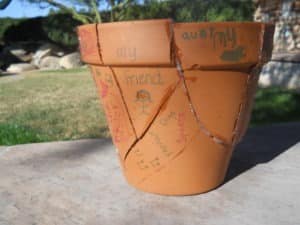
Questions in a Can – An Activity for Children and Families Impacted by Illness and Death
“What happens if my special person dies?”
“Is my special person’s serious medical condition contagious?”
“Where does someone go when they die?”
“Was (name of special person) in pain when they died?”
When someone special in our life is diagnosed with a serious medical condition, it is normal to have questions about their treatment and prognosis. Similarly, when we experience the death of someone special, we have questions surrounding their death and about death in general. Sometimes these questions are uncomfortable to ask, so we refrain from asking. Some of our questions may not have answers, but it is still important to talk about them. Here at Tu Nidito, we like to use the “Questions in a Can” activity to talk about these questions.
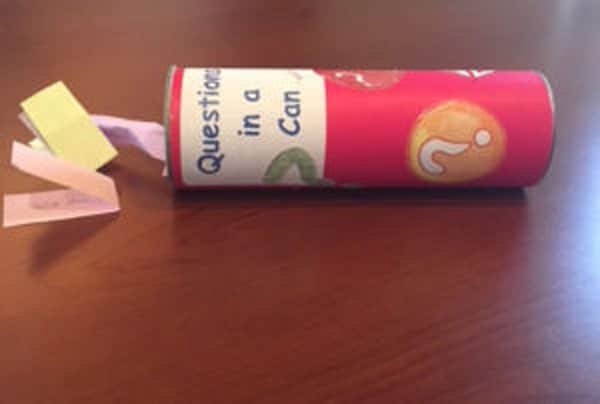
Questions in a Can Activity:
On a slip of paper, write down any question you have related to your special person’s death or their serious medical condition diagnosis. Your questions are anonymous, so there is no need to feel judged and you can use additional slips of paper if you have more than one question. Designate a jar, can or cup for dropping in questions. Sit down as a family and pass the questions container and one at a time, choose a question. Read the question aloud and provide your best answer. If you do not have an answer to the question, that is okay; give other members of the family a chance to share their ideas and answers. Continue to pass around the container until all the questions have been pulled or until your family decides they want to stop. The important thing is that each member of the family has a chance to respond or ask any questions about death or serious medical condition.
This activity can be modified to fit your family’s needs. For example, families can choose to complete the entire activity in one sitting. Or, if your family needs some time to brainstorm questions, leave the container out in a shared space in your home, along with blank slips of paper, so that family members can drop in questions as they come up. Designate a time, weekly or even monthly, to sit down together and answer the questions.

